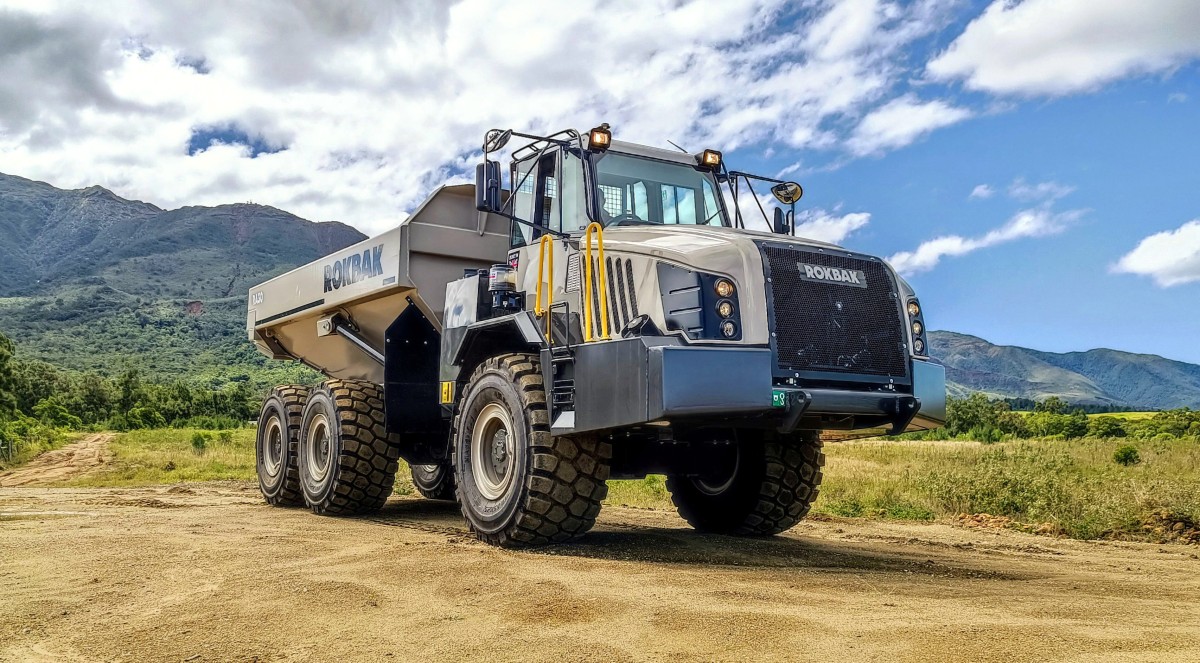Home \ International \ Trevi Group ready for an important soil consolidation project in Italy
Trevi Group ready for an important soil consolidation project in Italy
08/03/2022
Pubblicato da Redazione
Trevi Group is currently firming up soil at a location south of Lake Garda in Italy to make it ready for the Lonato Tunnel.
Italy’s Trevi Group, leading company in foundation works, is currently firming up soil at a location south of Lake Garda in Italy to make it ready for a tunnel – the Lonato Tunnel – to be bored under a A4 highway for the planned Brescia-Verona High-Speed/High-Capacity railway.
In a note shared with GCR, Trevi said the operation to prevent subsidence involves injecting some 10 million litres of bespoke grouting mixture, which it will do by drilling just short of 90,000 linear metres in multidirectional geometries to get adequate coverage. The Brescia East-Verona line is about 48km long, running mostly alongside the A4 highway to its north, but just east of Calcinato in Brescia province it goes under the A4 at an obtuse angle to continue on the freeway’s south side. The soil consolidation project was deemed necessary to protect the road from subsidence before the tunnel boring machine (TBM) is deployed.
A Trevi spokesperson told GCR that the TBM will bore a 4,792m-long section under the highway and its surrounding area, while open-air tunnels on either end complete the 7,950m-length of the Lonato Tunnel. Trevi’s job is to improve the physical-mechanical characteristics of the soil closest to the A4 to a depth of between 15m and 25m. The initial design entailed that the sections to be consolidated had to be treated with three different types of drilling, all starting from ground level: sub-vertical drilling; curvilinear sub-horizontal drilling (remotely controlled by the HDD technology), with direction perpendicular to the tunnel axis; curvilinear sub-horizontal drilling, also remotely controlled, with direction longitudinal to the axis of the tunnel. However, the poor capacity of the soil to be permeated by the mixtures hypothesized by the project, and the complex drilling geometry, led Trevi to design a different approach.
After testing, Trevi reshaped the project mesh, selecting subvertical drilling carried out from the ground level directly above the tunnel and increasing the number of valves per linear metre. In addition, Trevi developed more effective mixtures for the soil treatment, including: a combination of cement mixes and silicate-based chemical mixtures. The cement-based mixes were prepared with special additives and low cement content to obtain rheological features leading to a better permeation capability; the silicate-based mix were grouted to fill the smallest soil pores, that is to obtain a better soil treatment.
To apply this approach, A4 Autostrade gave permission for drilling to be carried out the A4’s emergency lanes (both directions) without interrupting traffic. Trevi said this made it possible to refine and shorten working times. “As of today - Trevi said - we are completing the intervention phase on A4, and the first results of the post-treatment tests show a clear improvement in the mechanical characteristics of the consolidated soils. Obviously, the continuation of the interventions will be subject to further post-treatment tests, which will be useful in order to evaluate the effectiveness of the grouting treatments”.
The planned Brescia-Verona High-Speed/High-Capacity railway line is a key project of the Milan-Verona railway link which, in turn, is part of the Turin-Trieste line connecting Spain to the Ukrainian border. Commissioned by Rete Ferroviaria Italiana, the railway is being built by the Cepav Due consortium consisting of Saipem (59.09%), Impresa Pizzarotti (27.27%) and Gruppo ICM (13.64%). Italferr is responsible for high supervision and construction works supervision. Seli Overseas, a subsidiary of Italy’s Webuild, is responsible for the Lonato Tunnel boring.

Ultime notizie di Soilmec
Perforation
16/05/2022
Soilmec designs hydromills for profitability
With the SC-135 Tiger Soilmec sets the standard for excellen...

Perforation
05/05/2022
TREVIICOS has involved in the South Station Tower project in Boston
Between September 2021 and February 2022 TREVIICOS, american...

08/03/2021
The "North Washington Street Bridge" project
TREVIICOS is progressing its work for the construction of th...

22/01/2020
Soilmec sells the entire majority share of the American Company Watson Inc. to the minority shareholder
Soilmec, which operates on the American market both through...

Perforation
24/05/2018
Soilmec moves to Stage V with Volvo Penta
Italian ground engineering manufacturer, Soilmec, is to inst...

26/02/2018
Soilmec: the production of 5,000th large diameter piles (LDP) machine
Soilmec: the production of our 5,000th large diameter piles...
Altri International

International
23/11/2024
GPMat International takes delivery of two Raimondi T147s residential development in the South of France
- Official agent of France expands its product lineup with t...

International
22/11/2024
Sarens acquires additional SCHEUERLE SPMT K24 modules
renowned for its expertise in crane rental services, heavy l...
International
22/11/2024
Five WOLFF cranes modernize Oslo’s Ulven district
With a total of five WOLFF cranes of type 7534.16 Clear, Wol...

International
21/11/2024
Kleemann: New compact crusher used for recycling
Impact crusher MOBIREX MR 100i NEO impresses during operatio...
International
21/11/2024
SITECH partners with Royal Engineers to create poppy and demonstrate tech offering
The demostration involved creating a ground-level poppy desi...

International
20/11/2024
Strong and stable RA30 trucks carry the weight at New Caledonian mine
Three Rokbak RA30 trucks are delivering exceptional durabili...











































